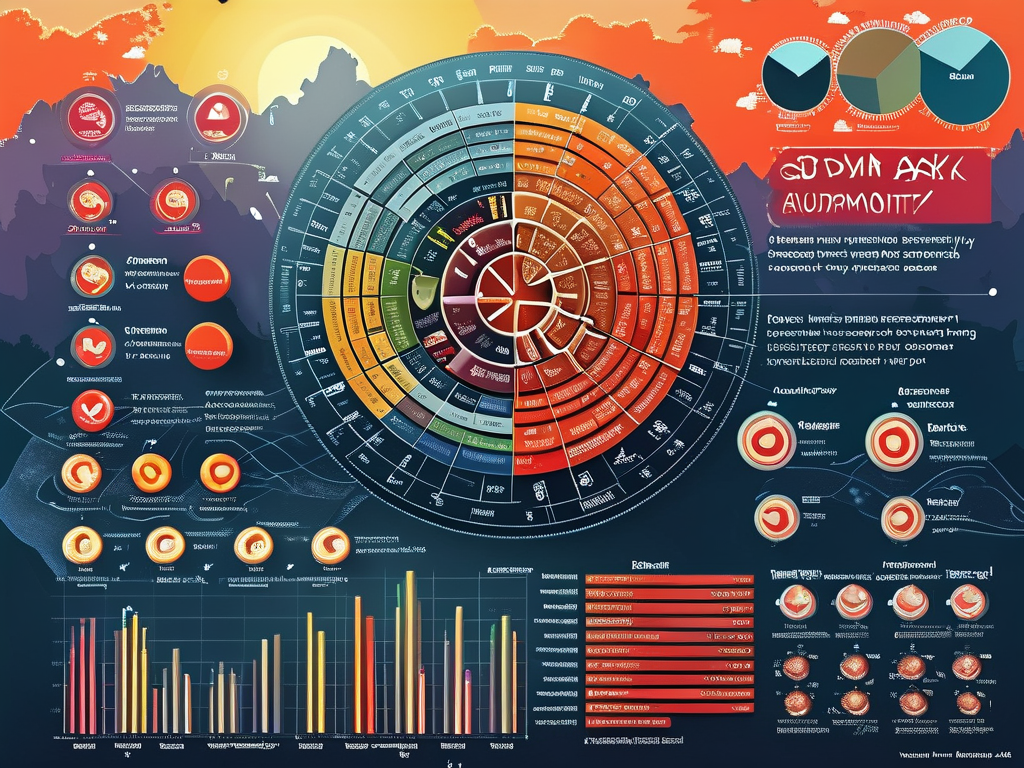In the era of big data, protecting sensitive information has become a critical priority for organizations across industries. Data desensitization, also known as data anonymization, refers to techniques that transform identifiable data into non-sensitive equivalents while preserving functional utility. Below we explore widely adopted desensitization algorithms and their practical applications.

1. Masking Techniques
Masking involves partially hiding sensitive data through character substitution. A common approach replaces specific segments of data with uniform symbols. For instance, credit card numbers like "5182-7394-6521-3870" might appear as "5182---3870" in test environments. This method preserves data format consistency for system validation while eliminating actual values. Financial institutions often implement rule-based masking to comply with PCI-DSS standards during payment processing audits.
2. Cryptographic Hashing
Hashing algorithms such as SHA-256 convert data into fixed-length encrypted strings. Unlike reversible encryption, proper hashing implementations are intentionally irreversible. User password storage represents a classic use case where systems store hash values rather than plaintext credentials. Developers must incorporate salt values—random data added to input before hashing—to prevent rainbow table attacks. A Python implementation might use:
import hashlib
salt = os.urandom(32)
hashed = hashlib.pbkdf2_hmac('sha256', password.encode(), salt, 100000)
3. Data Perturbation
This statistical technique modifies numerical datasets by introducing controlled randomness. Healthcare researchers might add Gaussian noise to patient age values in clinical trial data, preserving aggregate analysis capabilities while preventing individual identification. The key challenge lies in balancing privacy protection with data utility, requiring mathematical optimization to determine appropriate variance thresholds.
4. Tokenization
Tokenization substitutes sensitive data with non-sensitive equivalents (tokens) through mapping systems. E-commerce platforms frequently tokenize customer payment information, storing actual card details in secure vaults while using generated tokens for transaction processing. This approach minimizes exposure of financial data across distributed systems while maintaining operational continuity.
5. Differential Privacy
Emerging as a gold standard in privacy preservation, differential privacy adds mathematically quantified noise to query outputs. Tech giants like Apple employ this method in iOS data collection, ensuring aggregated insights don't reveal individual user behaviors. The ε (epsilon) parameter determines privacy guarantee strength—lower values indicate stricter protection but may reduce data accuracy.
Implementation Considerations
Selecting appropriate desensitization methods requires evaluating multiple factors. Data retention policies dictate whether irreversible techniques like hashing are preferable to reversible encryption. Performance overhead varies significantly—real-time tokenization demands low-latency systems, whereas batch-mode data shuffling suits offline analytics. Regulatory frameworks like GDPR and HIPAA impose specific requirements; healthcare data pseudonymization must maintain re-identification capability for authorized users.
Hybrid approaches often yield optimal results. A customer service platform might combine tokenization for payment data with format-preserving encryption for email addresses, enabling both fraud detection and marketing operations. Regular algorithm audits ensure continued effectiveness against evolving decryption technologies and attack vectors.
As artificial intelligence advances, adaptive desensitization systems employing machine learning show promise. These solutions automatically classify data sensitivity levels and apply context-aware protection measures. However, ethical concerns persist regarding potential biases in automated decision-making processes.
Ultimately, effective data desensitization requires balancing three core objectives: robust privacy protection, maintained data utility, and operational efficiency. Organizations must establish layered defense strategies combining technical controls with comprehensive data governance policies to navigate the complex landscape of information security.









